Omega-3 is a polyunsaturated fatty acid. Because the body doesn’t have the enzymes necessary to synthesize omega-3, it must be obtained through diet.
This is why omega-3 is referred to as an essential fatty acid (EFA), with the word “essential” meaning it is required for the body to function properly.
Omega-3 is vitally important to health because once eaten it is incorporated into cell membranes in all tissues of the body.
Omega-3 is one of the building blocks for nerve tissue and brain cells. In fact, it makes up approximately 60% of the brain and 75% of the retina.
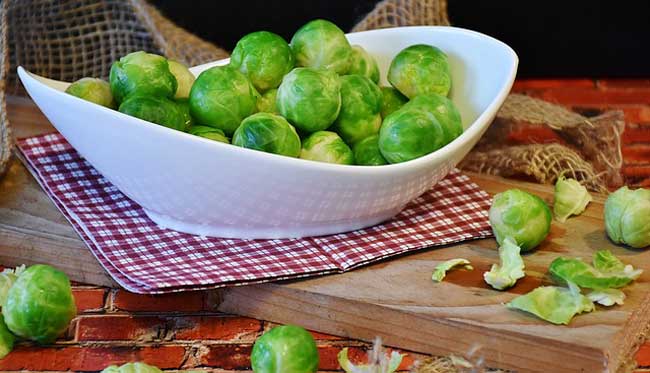
Few people know that Brussels sprouts contain omega 3 (ALA). Just a half cup of uncooked Brussels Sprouts has 44 milligrams, while their cooked counterpart has triple that amount at 135 milligrams.
How Much Omega-3 Do You Need?
Although there is no official recommended dosage, the World Health Organization and the European Food Safety Authority, we should get at least a half a percent of our calories from the essential short-chain omega-3 ALA; which is easy—just like a tablespoon a day of chia seeds or ground flax seeds.
The general recommendation is therefore around 250-500 milligrams per day for adults. If you have a health condition that might benefit from increased omega-3 intake, then the recommended amount could be higher.
During pregnancy, an additional 200 milligrams should be added to the recommended daily dosage for adults.
Getting Omega-3 On a Plant-Based Diet
There are two different types of essential fats that everyone needs in their diet: Omega-6, linoleic acid (LA), and omega-3, alpha-linoleic acid (ALA).
It is much easier to get enough LA when eating a plant-based diet because many common ingredients contain this fat.
However, in order to get enough ALA, or omega-3, those eating a plant-based diet may need to pay more attention to ensure adequate intake. Some plant-based sources of omega-3 include chia seeds, hemp seeds, and rapeseed oil.
However, to meet the recommendations for ALA set by several organizations, a daily intake of a tablespoon of chia seeds and two tablespoons of hemp seeds would be required.
It’s also important to balance the amount of both omega-3 and omega-6 that you consume, because too much omega-6 can cancel out the omega-3, leading to a bad omega-6-omega-3 ratio.
Here's how that works: While the body can turn ALA into other fats such as EPA and DHA, if someone eats a lot of LA, then less ALA is turned into EPA and DHA, which would result in less omega-3.
In order to prevent this from happening, be careful when using oils that contain a high amount of LA (omega-6).
EPA Vs. DHA Vs. ALA
There are several different kinds of omega-3 ,which can cause some confusion when trying to get enough of the right kinds of healthy fats.
There are three main types of omega-3: EPA, DHA, and ALA.
- ALA (alpha-linolenic acid) is a true essential fatty acid because the body cannot produce it by itself. It is often found in seeds, nuts, and vegetable oils.
- EPA (eicosapentaenoic acid) is another omega-3 fatty acid and is often obtained in the diet by eating fish or fish oil supplements as well as edible algae.
- DHA (docosahexaenoic acid) is a fatty acid essential for the structure of brain, skin, and retinal cells. Most of the DHA that is found in fish comes from algae. Its concentration becomes more concentrated the higher an organism is up the food chain.
While the body cannot synthesize its own ALA, both EPA and DHA can be turned into ALA in the body.
However, the conversion process in the body can be slow and also requires additional nutrients.
For this reason, many people turn to additional dietary substances or supplements.
It is estimated that it takes three separate reactions in the body to convert EPA into ALA, and then another four to change the newly made EPA into DHA. It is thought the conversion process becomes less efficient as we age.
The body must also have an adequate amount of B vitamins (B3 and B6), magnesium, and zinc in order to process these conversions.
Additionally, having too much omega-6 in the body can inhibit this conversion. This is problematic because the average person's omega-6 to omega-3 ratio is 16:1, whereas a healthy ratio is 1:1.
In short, those who avoid overloading on omega-6 through oils will better convert ALA to EPA and DHA, and subsequently have a better omega-6-omega-3 ratio.
=> Shop Algae Oil Gels On Amazon (DHA & EPA)
The Problem with Fish & Fish Oil Supplements
Generally people associate omega-3 fats with fish and fish oil supplements.
While it’s true that fish such as mackerel, salmon, tuna, and sardines contain a lot of omega-3, these are not the healthiest sources. In fact studies show that too much fish might impair brain function.
In fact, plant based omega-3 is much better from a health perspective.
If someone eats fish in order to get omega-3 in their diet, they are essentially getting second-hand fatty acids from the foods eaten by that fish.
This is because fish do not produce their own omega-3.
Instead, they eat krill, which are small crustaceans that have previously eaten algae.
So it’s not necessary to eat fish to access these fatty acids. Instead, we can go directly to the source of the omega-3 and eat algae directly. Algae contains both EPA and DHA.
There are also several problems with consuming omega-3 from fish.
Although fish does contain DHA and EPA, it comes with added pollutants.
Fish contains dioxins and PCBs (polychlorinated biphenyls; man-made organic chemicals), which are resistant to breakdown and are fat soluble so they can build up in animal fat. Fish also contains pesticides such as DDT, and other chemicals and heavy metals such as mercury.
Of course, these are man-made problems.
This is worrisome because one study found that being exposed to PCBs through diet may increase the risk of stroke.
It may also explain why simply eating one serving of fish per week can increase the risk of diabetes.
The amount of healthy omega-3 found in fish seems to be cancelled out by the toxins which build up in the fish’s body.
In fact, health authorities now warn young people and pregnant or breastfeeding women to limit the amount of fish they eat.
Because of the high levels of mercury in certain fish, it is recommended that adults shouldn’t eat more than one portion a week.
Many people are aware that there is mercury in the ocean, but they may not know it’s impossible to remove mercury and PCBs when extracting the oil from the fish.
Some turn to farmed fish in an effort to be healthier. However, most farmed fish contain even less omega-3s and more toxins than wild-caught fish. So clearly this is not a better alternative.
However, it is possible to still get the recommended 250mg a day by consuming algae oil instead of fish oil.
Algae can be farmed organically and without the toxins contained in fish, making it the cleanest source of omega-3. It also contains DHA, which can only be found in marine life and otherwise has to be converted from ALA in the body.
From a sustainability perspective, algae is also very eco-friendly because fish are a finite resource.
It is estimated that the demand for omega-3s has contributed to illegal fishing and overfishing. Some predict that, because of the rate of seafood consumption, fish may die out by the year 2048.
Plant-Based Omega-3 Alternatives
There are many wonderful plant-based sources of omega-3 to help get healthy fats into your diet. Many of these have such a high amount of ALA in a very small serving, so it is easy to get the recommended daily amount or even exceed it.
1. Chia Seeds
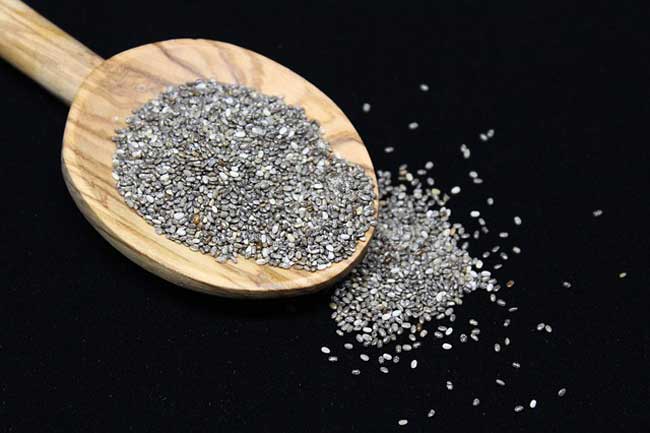
These tiny little seeds have become really popular in recent years because of their many health benefits. They are full of fiber, protein, and omega-3 healthy fats.
About 75% of the fat in chia seeds is ALA (omega-3), while about 20% is omega-6. A teaspoon of chia seeds contains approximately 720 mg of omega-3 fatty acids.
A few of the health benefits of chia include a decreased risk of chronic disease and lowering cholesterol and improving gut health
Not only do chia seeds decrease negative factors, but they also increase the amount of HDL cholesterol, which removes harmful cholesterol from the bloodstream.
Chia seeds can be used as an egg replacement because, when mixed with water, they create a gelatinous substance which can mimic the binding qualities of eggs.
Other ways to add them into your diet include putting them in smoothies or sprinkling them on a salad. In fact, they can be seamlessly added to almost any dish to increase omega-3 intake.
2. Brussels Sprouts

These mini members of the cabbage family are native to the Mediterranean and are thought to have been cultivated in Belgium, hence the name. They are packed with vitamins K and C, as well as being full of fiber.
When eaten both raw and cooked, they contain a high amount of ALA. Just a half cup of uncooked Brussels Sprouts has 44 milligrams, while their cooked counterpart has triple that amount at 135 milligrams.
Many restaurants are now featuring them as a delicious appetizer or side dish to tempt even those who think they don’t like them. They are commonly served roasted with pecans or maple-glazed and served with accompanying flavors like dijon mustard.
3. Algae Oil
Algae oil is a great way to get both EPA and DHA directly on a plant-based diet. When consumed in capsule form, it is absorbed in the body the same way cooked salmon would be.
Algae oil has been found to improve memory in mice and more studies are needed to learn more about this omega-3 source.
In a softgel form, the supplement version generally contains 400-500 milligrams of combined DHA and EPA. It can be bought in health food stores or pharmacies in capsules or as a liquid form to use as an add-in for smoothies and other drinks.
4. Hemp Seeds
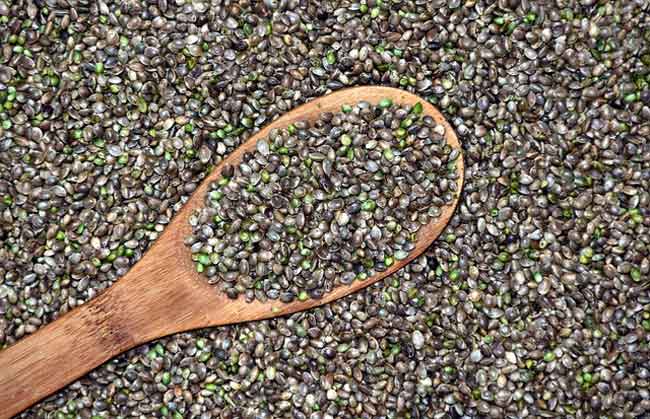
By eating hemp seeds, you'll not only omega-3 but also protein, magnesium, iron and zinc.
These seeds have also been shown to help prevent blood clots from forming and can improve heart health. One ounce of hemp seeds contains approximately 6,000 milligrams of ALA.
It’s easy to eat them by sprinkling them on top of yogurt, mixing them into a smoothie, or combining them with a favorite snack. They don’t have a strong taste and can be mixed into cereals or oatmeal in the morning. For a more concentrated dose, try some hemp seed oil.
5. Walnuts
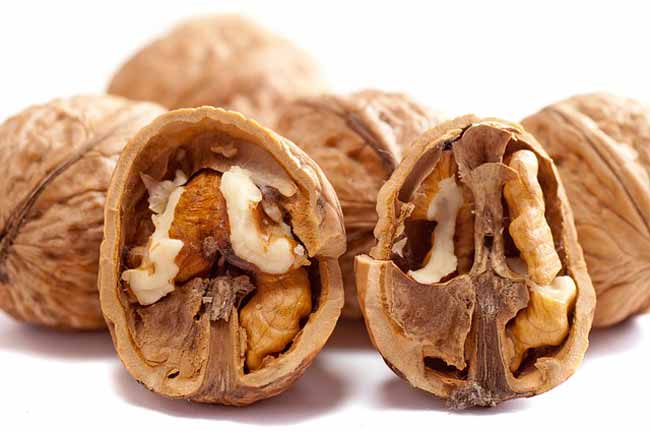
These fatty nuts (65% fat by weight) are a great way of getting in extra healthy fats and have been linked to better learning and memory.
Just one serving is enough to fulfill the daily requirement because a single ounce contains 2,542 milligrams.
Many people enjoy adding them to their cereal or granola in the morning, adding them to yogurt and fruit, or snacking on them by themselves. They can also be combined into a trail mix with dried fruits and other seeds and nuts for a healthy snack.
6. Flaxseeds
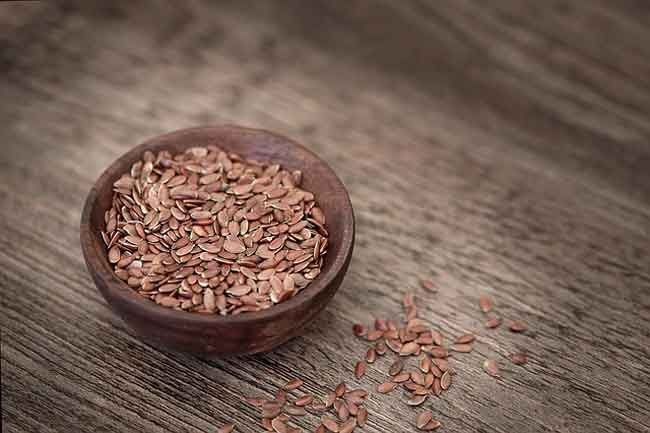
Flaxseed has many health benefits because it is rich in fiber, protein, magnesium, and manganese. Research shows it reduces cholesterol and lower blood pressure.
Just one ounce has 6,338 milligrams of ALA, making it an easy way to exceed the daily requirement.
Many vegans also use flaxseed when cooking. When mixed with water, it creates a flax “egg” and has a jelly-like consistency to bind ingredients. Their slightly nutty flavor also works well with baking, when sprinkling them on cereal, or adding to a savory snack.
7. Perilla Oil
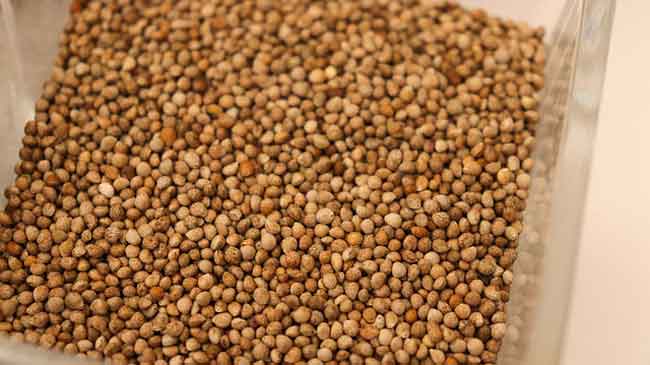
The perilla plant is a member of the mint family, and the oil is derived from seeds. The leaves are popularly found in Korean cuisine and can be used as a filling or pickled to make a condiment.
The oil itself is composed of 65% ALA, and just one tablespoon contains almost 9,000 milligrams.
However, it is recommended that this oil be used sparingly and not as a primary cooking oil because of its high amount of polyunsaturated fats.
When heated, the fats can form free radicals which are harmful to the health. It’s also possible to purchase perilla oil in a capsule for an easy way to meet the daily omega-3 requirements.
8. Sunflower Seeds
These seeds are jam-packed with vitamins and minerals, including vitamin E, B6, folate, zinc, manganese, and selenium. They contain a lot of protein too.
It is best to grind the seeds to make them easier to digest. It is also recommended to use raw seeds instead of roasted so the nutrients remain intact.
Sunflower seeds can be used in baking, sprinkled on top of a salad, or enjoyed on their own.
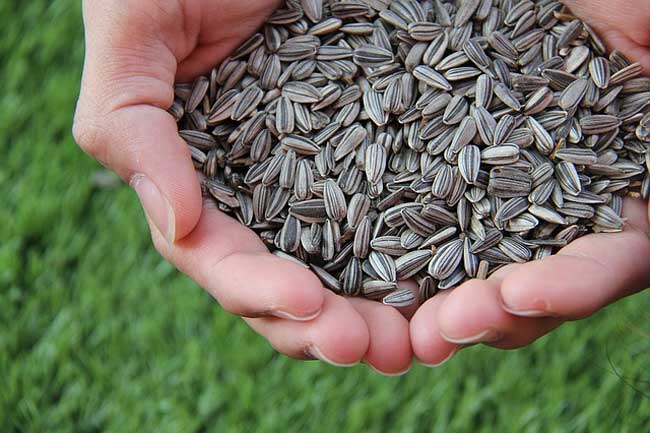
————-
As you can see, there are many nutritious and delicious ways to get adequate omega-3 from plant-based sources.
It is easy to incorporate these ingredients into a daily diet to get the maximum benefit of all types of fatty acids without any toxins or chemical pollutants to disrupt your health.
Not only will you greatly reduce your risk of disease, but do so without harming any animals or the environment.
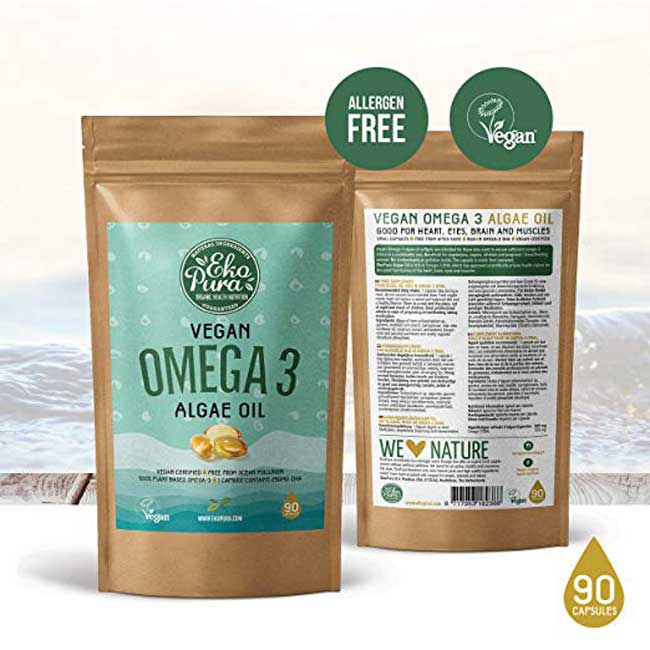

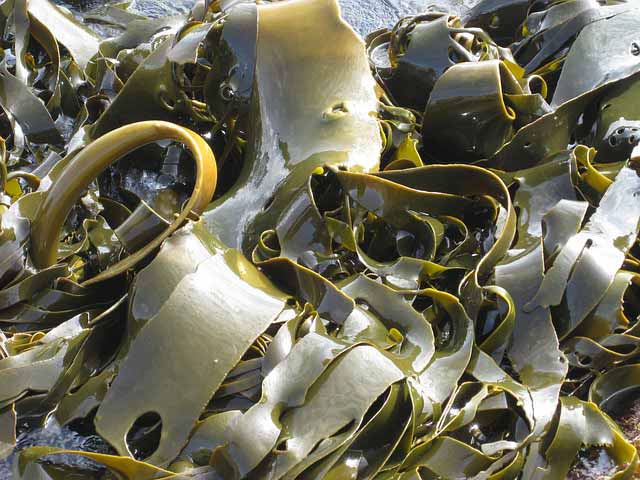

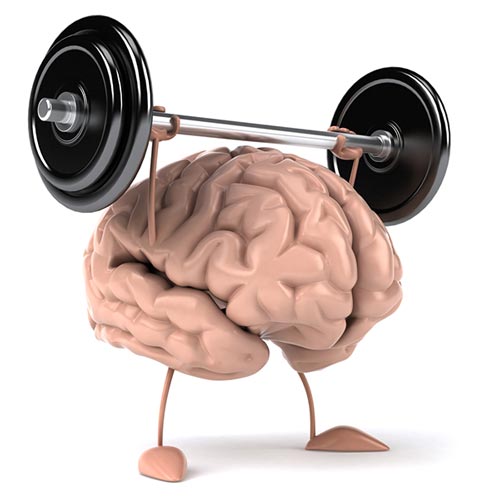
Leave a Reply